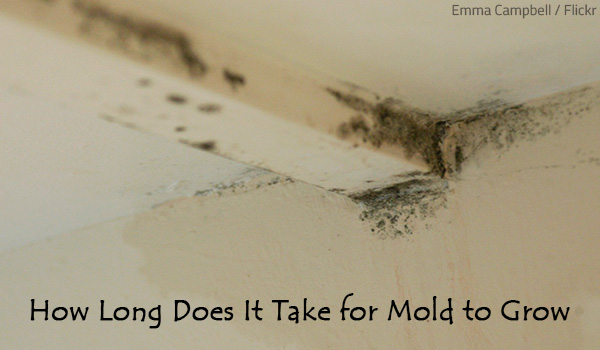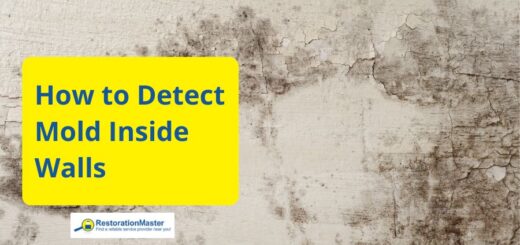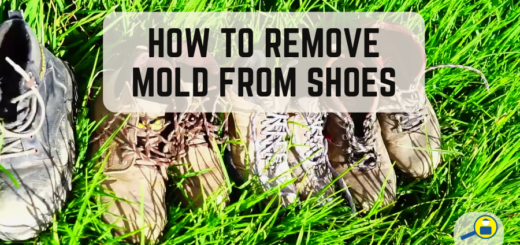Tips for Removing Mold from Rubber
Mold can form on various surfaces when there is moisture present. Some of the materials it can affect include plastic, rubber, wood etc. It is common for mold to form on rubber surfaces throughout the home such as air conditioning or washing machine seals, coatings, and gaskets when they have too much moisture.
If you notice mold on rubber within your home or business, make sure to react right away and get it removed so you can ensure it does not continue to spread and cause further damage.
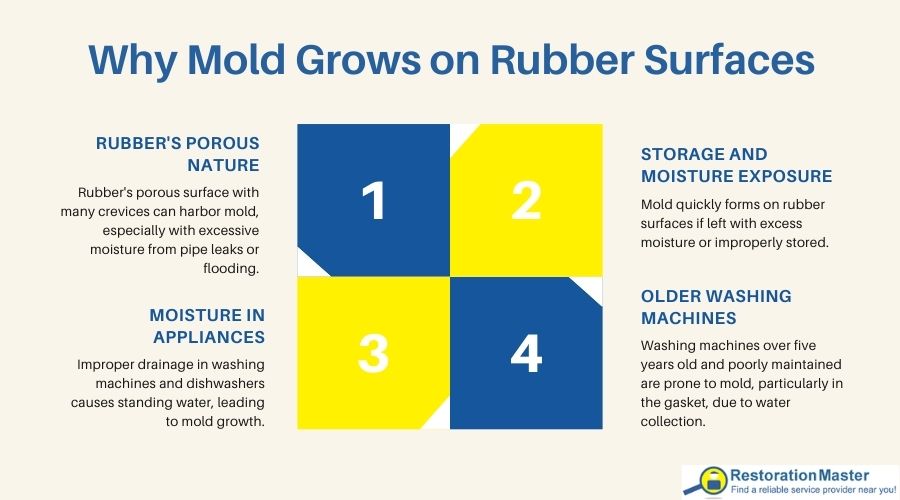
4 reasons that explain why grows on rubber surfaces of any appliances
Reasons for Mold Growth on Rubber
These are some of the reasons mold forms on rubber surfaces:
- Rubber is porous which means that it has a lot of crevices within its surface which can allow mold to hide. In the case of excessive moisture such as pipe leaks or flooding, the rubber material will eventually mold.
- When there is extra moisture in washing machines or dishwashers, it means that they are not properly draining which causes standing water that will allow for mold growth.
- Mold can quickly form on rubber surfaces if it is improperly stored or left out with excess moisture present.
- Washing machines are especially prone to mold growth if they are more than five years old and they are not properly maintained. In this case, mold will grow inside the gasket as this part of the equipment collects water which is a great environment for mold to spread around.
Cleaning Mold from Rubber
You can clean mold from rubber surfaces yourself. However, what you use for cleaning will depend on what type of rubber your item is made of and where the damage is located (washing machine, dishwasher etc.). Please make sure to check the detailed instructions you will find in the owner’s manual before attempting to clean any rubber surfaces. Some common solutions for cleaning mold from rubber surfaces include vinegar, baking soda, detergent, or chemicals such as bleach. We will break each of these cleaning solutions down and the cleaning process for each:

Vinegar solution:
If you are experiencing mold growing on a rubber item made of silicone rubber, you will need detergent, white distilled vinegar, microfiber cloth, gloves, safety glasses, and a bucket.
These are the steps you need to follow to clean mold with a vinegar solution:
First, you will need to put on your safety glasses and rubber gloves and prepare your cleaning solution in a bucket. You will use water, detergent, and a tablespoon of vinegar. Take the rubber materials and soak them in the solution for about five minutes. Then remove them and scrub the mold. If the mold is particularly difficult to remove, make sure to use a bristle brush to get into all the hidden surfaces. When the mold comes off, make sure to rinse the item off well and then dry it with a microfiber cloth.
Baking soda:
If you would like to use this option for cleaning mold from rubber surfaces, you will need to use a box of baking soda, water, rubber gloves and something to protect your eyes, microfiber cloth, and a bucket.
First, pour warm water in a bucket and put the item you would like to clean inside the water. If it is a large item, use a spray bottle to spray it until it is wet. Take three tablespoons of baking soda and one ounce of water and create a paste from it. Take the baking soda paste and put it on a damp cloth, then spread it on the area that has been affected by mold. Let it sit there for at least five minutes. After that, scrub the area and once all mold has been removed, make sure to properly rinse it. Finally, fully dry the item with a cloth before use.
Detergent and Bleach:
The best way to clean black mold from a washing machine rubber seal is to use a detergent solution to scrub it. If the area is heavily affected by mold, make sure to use a scouring pad soaked with bleach and scrub it well to get rid of mold. Whether you are cleaning a machine rubber seal, or any other rubber surface, make sure to dry it before using it again. Always makes sure you use good eye protection when using any type of chemicals to clean your rubber items. Be aware that bleach can damage rubber seals over time as they begin to deteriorate. Chlorine bleach can have up to 7.5 sodium hypochlorite, which is a corrosive chemical that can damage rubber materials. Use caution when using bleach to clean rubber surfaces and do not overuse it as it will eventually damage your materials.
The best way to prevent mold from growing on rubber surfaces is to maintain them properly. You will need to check the owner’s manual for your specific appliance such as a washing machine or dishwasher before you attempt to clean them. This will prevent any further spread of mold and additional damage to the affected materials.
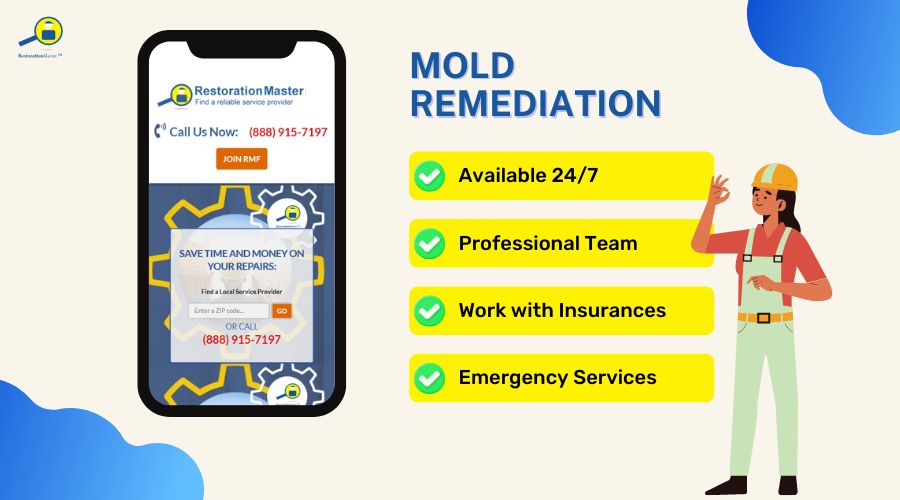
If you are unsure on how to clean mold from rubber surfaces in your home, RestorationMaster can help. We offer mold remediation services to homes and businesses that have been affected by water damage. Our highly trained technicians will make sure to prevent any property damage and health issues that mold can cause.










